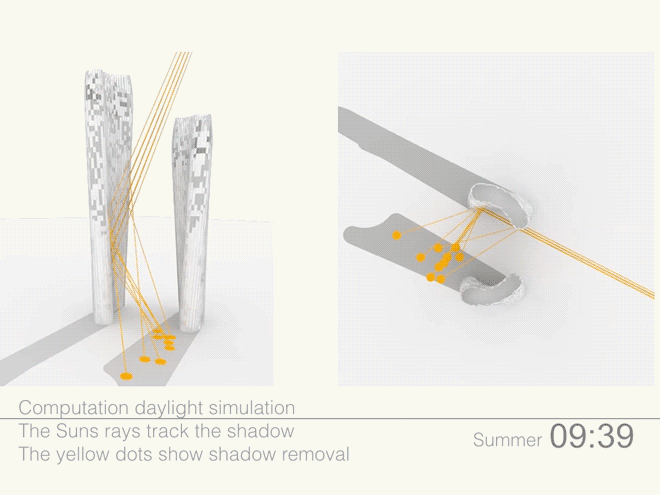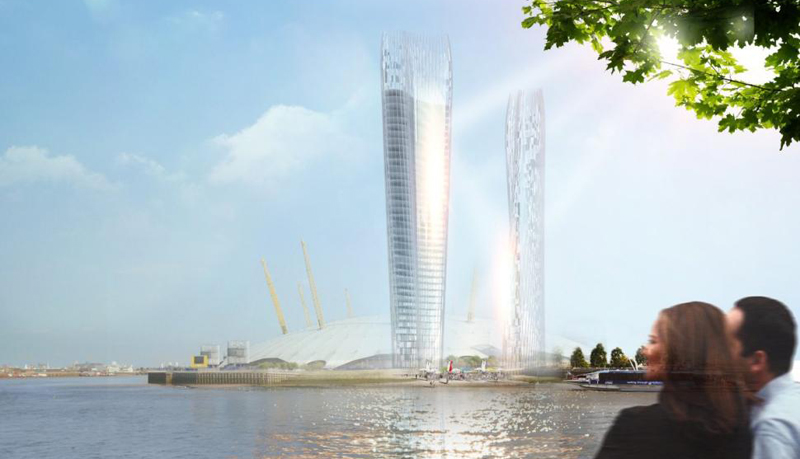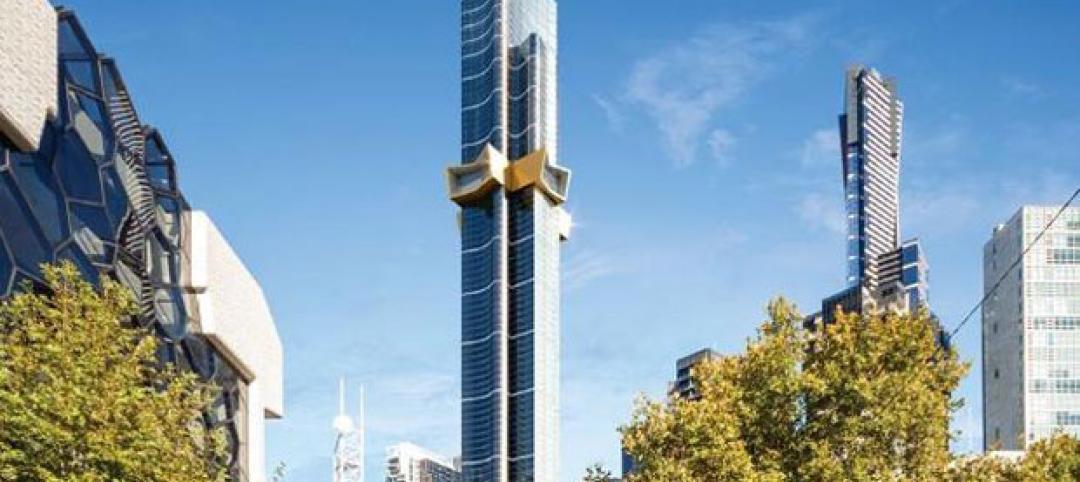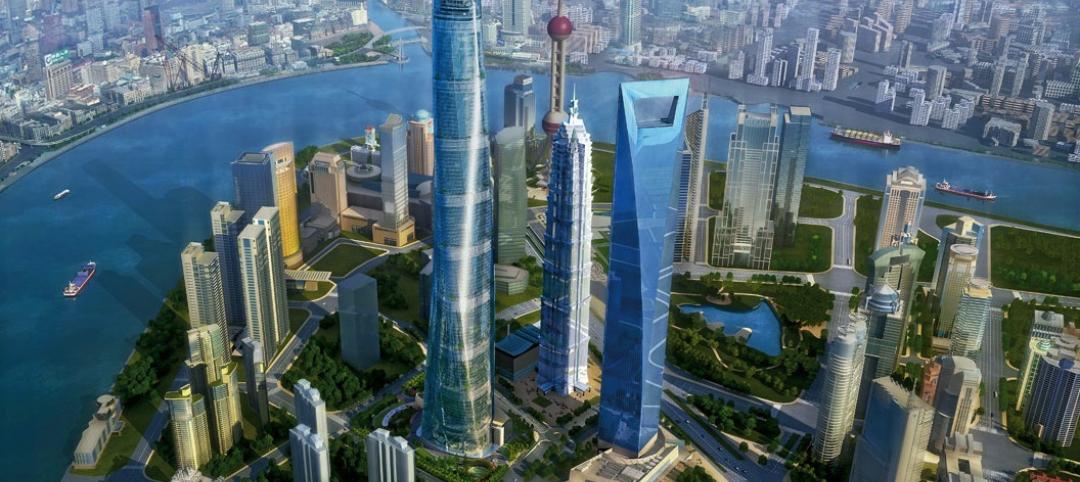To make sure surrounding, shorter buildings won’t be blocked by sunlight, architects in London’s NBBJ office have designed a scheme that will make tall towers reflect and diffuse sunlight.
But the human brain wasn’t alone in solving the shadow conundrum. Wired reports that the architects used a software called Rhinoceros, which allowed them to input various building requirements, and then used algorithms to generate designs that maximize the light reflected onto the ground. Multiple design options are then displayed for the architects.
“Some are bonkers,” Christian Coop, NBBJ’s Design Director, told Wired about the computer-generated designs. So after a basic design was produced, the architects needed to fine tune it and adjust the requirement.
The final design that was settled on is of a pair of highly reflective towers that are curved at the right places to bounce off light over the other tower’s shadow.

Because the light is diffused instead of projected away, it won’t be possible to fry an egg or melt plastic bags (and burn people).
“It’s definitely high time for this type of design to be baked into the building so it can play well with the environment,” Daniel Safarik, a spokesperson at the Council of Tall Buildings and Urban Habitat, told Wired. “It should be standard practice.”

Related Stories
| Jan 20, 2015
Avery Associates unveils plans for London's second-tallest tower
The 270-meter tower, dubbed the No. 1 Undershaft, will stand next to the city's "Cheesegrater" building.
| Jan 13, 2015
A new record: 97 buildings taller than 200 meters completed in 2014
Last year was a record-breaking year for high-rise construction, with 97 tall buildings completed worldwide, including 11 "supertalls," according to a new report from the Council on Tall Buildings and Urban Habitat.
| Jan 9, 2015
Technology and media tenants, not financial companies, fill up One World Trade Center
The financial sector has almost no presence in the new tower, with creative and media companies, such as magazine publisher Conde Nast, dominating the vast majority of leased space.
| Dec 28, 2014
Robots, drones, and printed buildings: The promise of automated construction
Building Teams across the globe are employing advanced robotics to simplify what is inherently a complex, messy process—construction.
| Dec 27, 2014
'Core-first' construction technique cuts costs, saves time on NYC high-rise project
When Plaza Construction first introduced the concept of "core first" in managing the construction of a major office building, the procedure of pouring concrete prior to erecting a steel frame had never been done in New York City.
| Dec 22, 2014
Studio Gang to design Chicago’s third-tallest skyscraper
The first U.S. real-estate investment by The Wanda Group, owned by China’s richest man, will be an 88-story, 1,148-ft-tall mixed-use tower designed by Jeanne Gang.
| Dec 18, 2014
11 new highs for tall buildings: CTBUH recaps the year's top moments in skyscraper construction
The Council on Tall Buildings and Urban Habitat cherrypicked the top moments from 2014, including a record concrete pour, a cautionary note about high-rise development, and two men's daring feat.
| Dec 17, 2014
11 predictions for high-rise construction in 2015
In its annual forecast, the Council on Tall Buildings and Urban Habitat predicts that 2015 will be the "Year of the Woodscraper," and that New York’s troubled B2 modular high-rise project will get back on track.
| Dec 16, 2014
'Wedding dress' tower to be tallest in Africa
The $1 billion tower will have 114 stories, alluding to the 114 chapters of the Koran.
| Dec 16, 2014
Architect Eli Attia sues Google over tall building technology
Attia and tech company Max Sound Corp. have brought a lawsuit against Google because of Flux, a Google X-developed startup launched in 2014. Flux creates software to design environmentally-friendly buildings in a cost-effective way.















